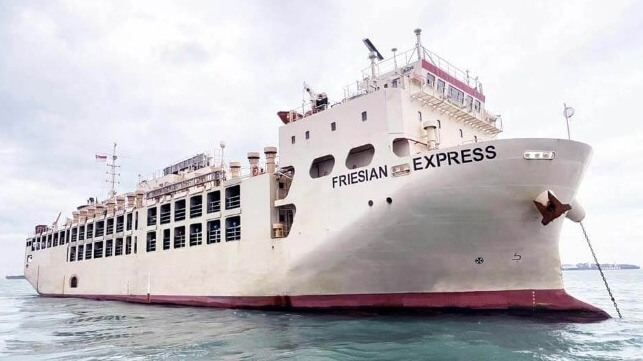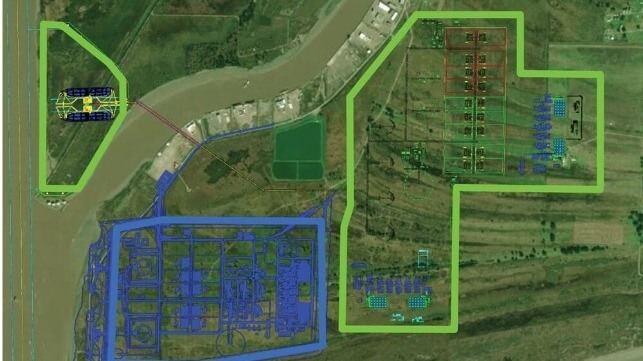It is perhaps appropriate that Netflix’s latest deal to become the exclusive broadcast partner of pro wrestling has landed like a flying elbow off the top rope.
In a pact announced Tuesday, WWE owner TKO has sold the global rights to stream its three-hour Monday night program, Raw, to Netflix, for the next decade.
The deal kicks in a year from now, once the agreement with current rights holder NBCUniversal expires. And while the price tag – a reported US$5 billion over 10 years – is eye-opening, experts say it makes a certain amount of financial sense for both sides.
Under the previous deal, NBCUniversal’s owner Comcast was paying TKO roughly $285 million annually for the rights to broadcast the WWE’s flagship wrestling show across its various U.S. media properties.
The new deal will see TKO rake in almost 50 per cent more for the domestic rights alone, but instead of scrambling for a bigger piece of the shrinking pie of cable TV viewers, Raw will now have a more captive audience of Netflix’s 75 million customers in North America, and almost 250 million globally.
“It allows us to gain even a greater global footprint,” WWE President Nick Khan told Bloomberg News in an interview Tuesday trumpeting the deal. “It was a good bet by us and we think a good bet by them.”
'Landmark deal'
While the deal comes with a big price tag for Netflix, it’s not hard to see the appeal from their perspective.
For about twice the price of what the streamer reportedly paid for the last nine-episode season of Stranger Things, Netflix has bought itself a minimum of three hours new content, each and every week — not to mention numerous additional WWE specials, including SmackDown and NXT as well as once-a-year special live events like Wrestlemania, SummerSlam and Royal Rumble.
“WWE is great sports entertainment with a huge, established and passionate fanbase, and we believe this long term partnership will be a big value add for our members,” the company said in its earnings release on Tuesday.
Experts are inclined to agree.
“It’s a landmark deal,” said Adam Seaborn, a sports media analyst and head of partnerships at Playmaker Capital, in an interview with BNN Bloomberg on Tuesday.
For one thing, it will help Netflix retain customers because it brings fresh new content every week, not just a dozen or two dozen episodes like a scripted comedy or drama series would.
“Fifty-two weeks of sports programming keeps you tied into their programming all year round,” Seaborn said. “It's going to reduce churn.”
It’s an added bonus that the core demographic for WWE are the group that advertisers covet most – “that young male demo that every advertiser is after,” Seaborn added.
Surprise agreement
With synergies like that, both sides have much to gain from the deal. But that’s not to say it was expected.
“I don’t think anybody really saw this coming,” said Geetha Ranganathan, a media analyst with Bloomberg Intelligence, in an interview with BNNBloomberg.
While Netflix has dipped its toe into live events in the past with things like a Chris Rock comedy special, a golf tournament and the upcoming Screen Actors Guild Awards, the move into pro wrestling is its biggest bet yet into the genre.
“We’ve seen Netflix be really shy about about getting into the live arena, getting into sports programming in a big way,” Ranganathan said. “This is definitely a departure from their time tested strategy (but) they’re looking to scale their advertising business,” she said — and what better way to do that than to have live sports content that already draws two million viewers a week.
Streamers pivoting to sports
It’s also unlikely to be Netflix’s last foray into live sports. Streaming companies have spent exorbitant sums in recent years buying up rights to live sports that once belonged to cable giants.
Apple has spent heavily for the rights to Major League Soccer and Major League Baseball games, and in 2021, Amazon bought the exclusive rights to broadcast Thursday Night Football – for a cool $1.2 billion annually.
Just this month, NBCUniversal’s streaming service Peacock spent a reported $110 million to be broadcast home for the AFC Wild Card game. That’s an exorbitant sum for any single event, but Comcast says it was a huge success, garnering almost 28 million viewers, enough eyeballs to gobble up 30 per cent of all U.S. internet traffic at the time.
With numbers like that, sports fans can expect that trend to continue.
Conventional broadcasters “have the rights to a lot of these properties and as the sports rights market heats up with all these new bidders it means (they) have to shell out more and more,” Ranganathan said.
Seaborn thinks Netflix in particular has more sports ambitions beyond wrestling. The NBA recently implemented an in-season tournament that seems tailor-made for a streaming partner to broadcast it, and “Netflix is definitely in the conversation for that,” he said.
He also thinks hockey isn’t out of the question.
In 2013, Rogers shook up Canada’s broadcasting landscape with a then-unprecedented deal to buy the exclusive national broadcasting rights for NHL games for C$5.2 billion over 12 years.
TSN and RDS, divisions of BNNB Bloomberg's parent company Bell Media, hold broadcast and streaming rights to multiple live sports events, including some NHL regional games as well as PGA Tour golf events and NFL games.
That Rogers deal is up for renewal in less than two years and Seaborn says he’d be “shocked” if the entire national rights went back to Sportsnet, which means the door is open to a streamer trying its hand at something game-changing: Hockey Night In Netflix?
“Someone like Netflix, someone like Amazon, someone like Apple, Roku, even players we haven't thought of yet are going to be in the mix for those rights,” he said.
BCE is the parent company of BNN Bloomberg through its Bell Media division.








